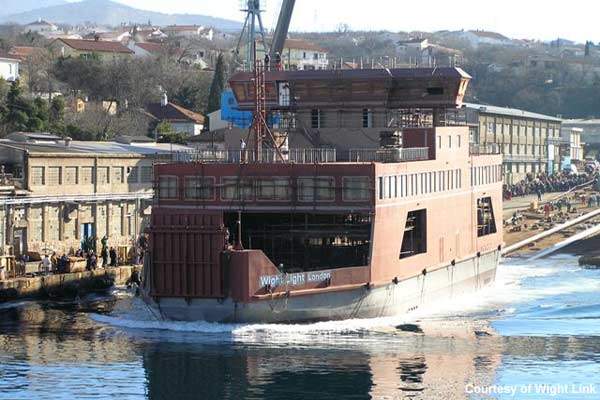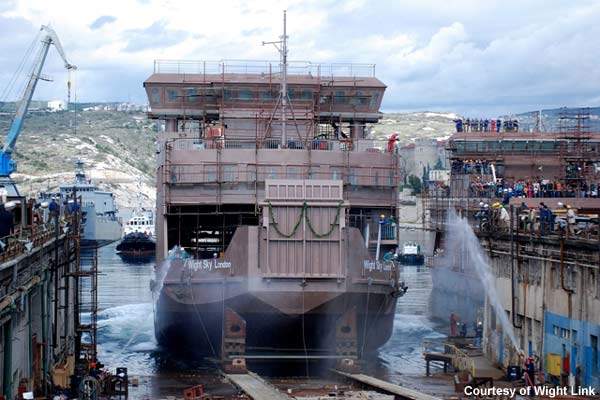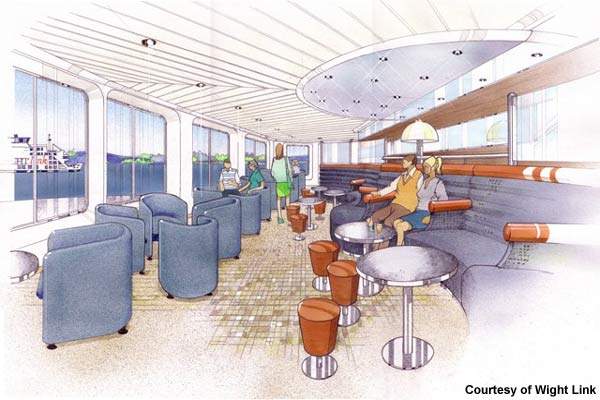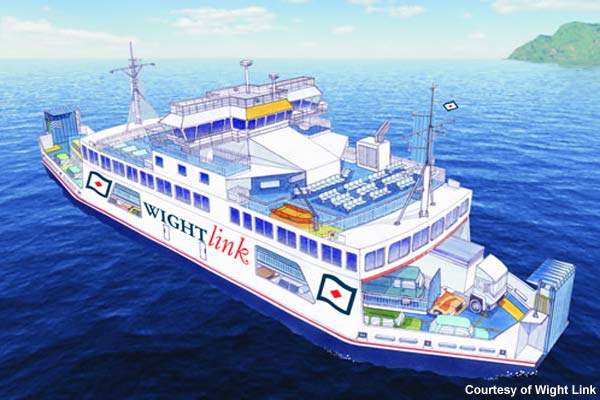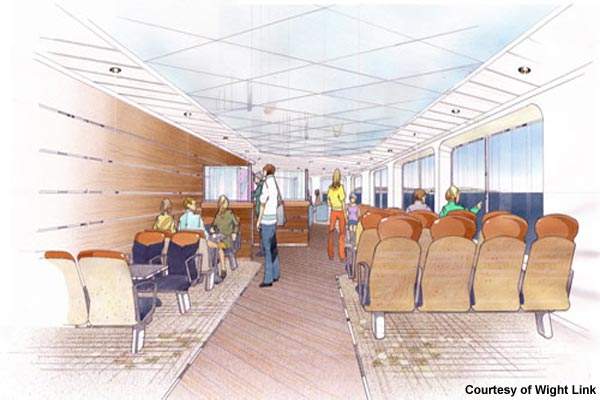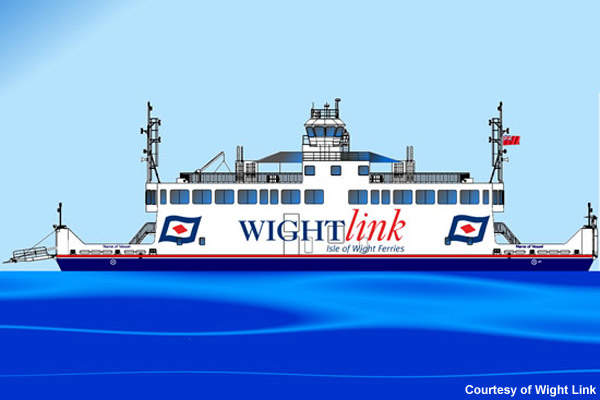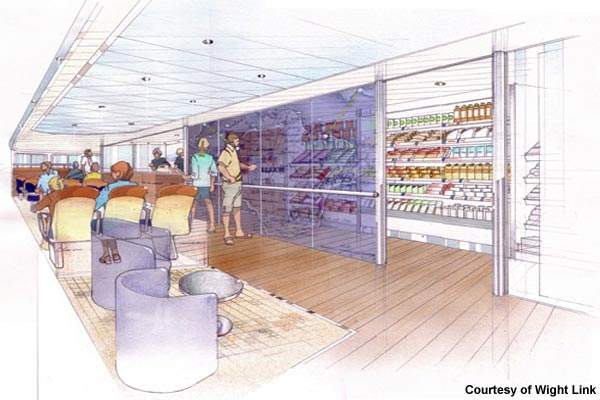Wightlink is a major ferry company providing passenger and car services to the Isle of Wight, UK. In the summer of 2008, Wightlink will introduce two new vessels into service on the route between Lymington and Yarmouth, followed by a third ferry in early 2009. The new ferries are designed to be fuel efficient with better passenger facilities.
The older ferries could not be refitted at an economic cost to comply with new regulations coming into force. While the old ferries carried 500 pedestrian passengers, the new vessels reflect a change in the make-up of passenger traffic to the Isle of Wight and now carry 350 pedestrian passengers with an additional 13 cars.
The three identical ferries are named the Wight Light (launched in January 2008); Wight Sky (launched in April 2008); and Wight Sun (due for completion in November 2008). Each of the ferries will be expected to undertake more than 200,000 trips during their operational lives and will cover more than 750,000 nautical miles.
INVESTMENT
The three new vessels are part of a £57m investment programme to upgrade Wightlink’s routes to the Isle of Wight. A new generation of catamarans will also be introduced in the summer of 2009. The new ships are being built in the Philippines and will carry green passports, verified by Lloyd’s Register.
There will also be improvements to Ryde Harbour and company computer systems and retail improvements have already been implemented at the Gunwharf and Portsmouth Harbour terminals. With the three new ferries coming into operation in 2008-09, Wightlink is also updating its brand image.
CONSTRUCTION
The three ferries were designed by naval architect Hart Fenton and constructed in Croatia at the Brodogradiliste Kraljevica shipyard. Interior design of the ship was carried out by LAP Architects of Billericay, Essex, UK.
The loaded displacement of the ferries is 75% more than the existing C-Class ferries, meeting new build regulations. Both the Wight Light and Wight Sky underwent intensive sea trials in Croatia before sailing back to the UK, making stops at Palermo, Gibraltar and La Coruna on the way.
The ships are now in the UK and are undergoing further sea trials and crew operational training prior to the start of operations.
TECHNICAL
The new Wight Class (R-Class) vessels are 62.4m long, with a 16.1m beam, a 2.3m laden draft, a maximum displacement of 1,494t and a deadweight of 330t. There is a capacity of 110 vehicle lane metres (eight lanes) to take 65 cars or 28 freight vehicles. Unlike the old ferries, there is now a lift between the car deck and passenger decks.
The construction of each ferry has required around 700t of steel. Each of the ships will have four main engines, which are Volvo D16MHs (six cylinder) and the propulsion will be provided by 2 × Voith Schneider 21 R5/135 propeller units (cooling water for the engines is maintained as internal and is not expelled from the ship therefore being more environmentally friendly). Unlike the old C-class ferries, the new vessels do not have an additional third deck, with the space being incorporated into the passenger lounges.

